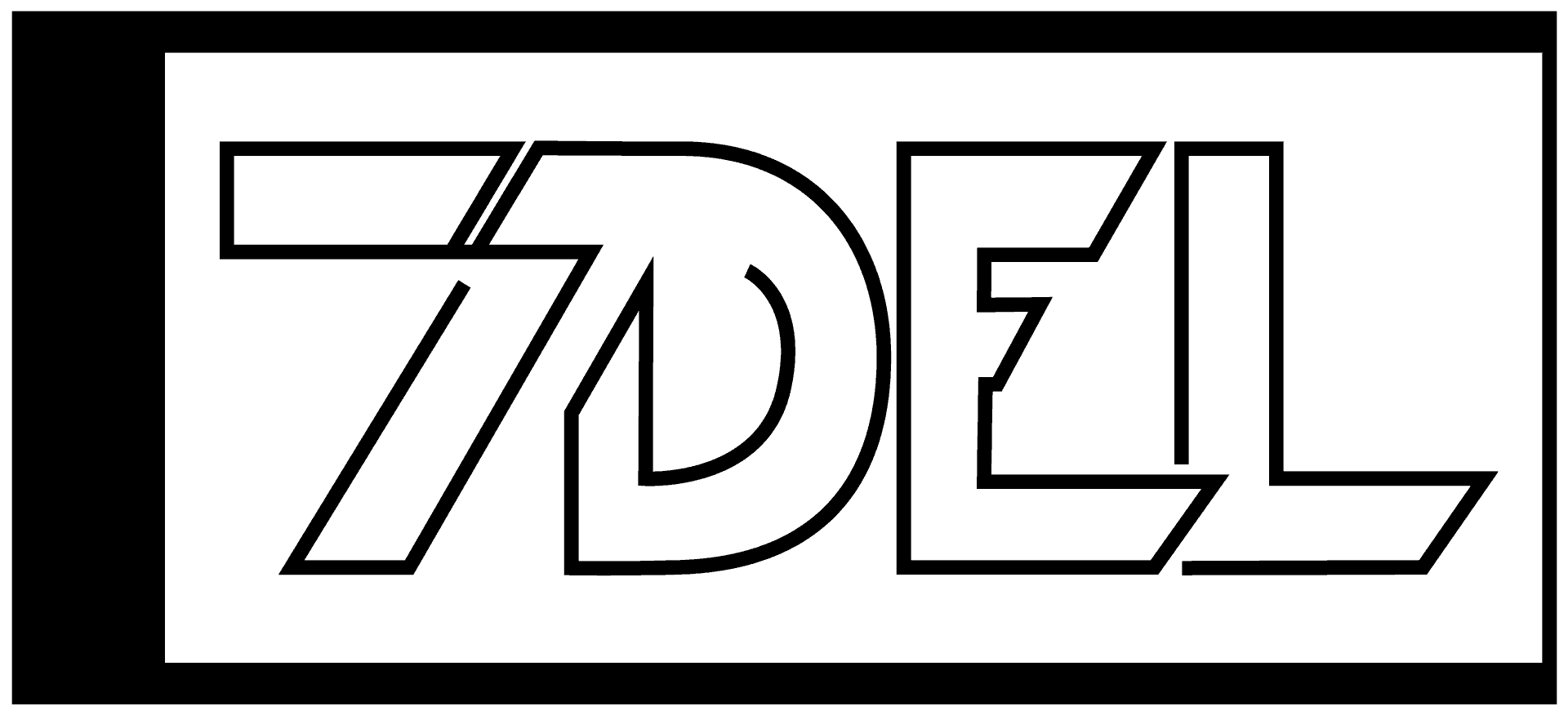Understanding and implementing effective career development strategies is essential for professionals aiming to achieve sustained success and growth in their respective fields. In today’s rapidly evolving work environment, staying ahead requires a proactive approach to career planning, continuous learning, and adapting to new challenges. This guide explores proven best practices for career development, offering actionable insights that can help individuals navigate their professional journeys with confidence and clarity. From setting clear, achievable goals to leveraging networking opportunities and embracing lifelong learning, we’ll delve into strategies that empower professionals to thrive in their careers while aligning their aspirations with their strengths and passions. Whether you’re just starting out or looking to advance your current role, these principles provide a roadmap for unlocking your full potential and securing a fulfilling professional future.
Key Takeaways
- Define your career goals to create a clear vision for your professional journey.
- Network and stay informed to uncover hidden opportunities in your field.
- Continuously develop skills to maintain competitiveness and open doors to advancement.
- Regularly seek feedback to identify strengths and areas for improvement.
- Stay adaptable to navigate changes in the job market and pivot your career as needed.
- Focus on performance, image, and exposure to build a strong foundation for success.
- Understand and navigate the phases of career development to align your actions with long-term goals.
- Use self-assessment to identify your strengths and guide decision-making.
- Conduct thorough research to inform career choices and explore new opportunities.
- Prepare by acquiring new skills, setting goals, and practicing for future roles.
- Show commitment through adaptability, dedication, and proactive engagement in your role.
- Stay motivated and focused on continuous learning to retain your position in your field.
- Embrace transitions and explore lateral moves to unlock new career possibilities.

5 Career Development Tips
- Set Clear Goals : Define your long-term career objectives and work backwards to create a roadmap. Understand what skills you need to develop and which experiences to seek out to achieve your goals.
- Continuous Learning : Invest in continuous education and skill development. Whether it’s certifications, online courses, or workshops, staying updated with industry trends ensures you remain competitive.
- Build Strong Networks : Develop professional relationships with colleagues, mentors, and peers. Networking can open doors to new opportunities and provide valuable feedback on your career progress.
- Show Initiative : Don’t wait for opportunities to come to you. Take ownership of your career growth by proactively seeking out challenges and volunteering for projects that align with your goals.
- Stay Adaptable : The job market changes rapidly, so embrace change and adapt to new circumstances. Stay flexible in your approach to navigate shifts in your field or industry.
What are the 5 P’s of Career Management?
The 5 P’s of career management are essential concepts that guide individuals in navigating and optimizing their professional journey. These principles help in achieving long-term career goals and ensuring sustained success.
- Possibility: This involves recognizing opportunities for growth and development within your current role or exploring new avenues. It’s about envisioning your future and understanding how you can contribute value to organizations or industries.
- Presence: Being present in your role means fully engaging with your work, demonstrating professionalism, and communicating effectively. It’s about building credibility and making a meaningful impact.
- People: Surrounding yourself with the right people, whether mentors, colleagues, or networks, is crucial. Building strong relationships fosters collaboration and opens doors for career advancement.
- Perspective: Maintaining a positive outlook helps you navigate challenges and adapt to changes. A growth mindset allows you to embrace new experiences and learn from setbacks.
- Perseverance: Success requires consistent effort and determination. Overcoming obstacles and staying committed to your goals drives professional growth and keeps you aligned with your aspirations.

What are the 3 E’s of Career Development?
The 3 E’s of career development are essential concepts that guide individuals in navigating and advancing their professional journeys. These principles help in aligning personal goals with career aspirations while fostering growth and success.
- Explore : This involves self-assessment, market research, and discovering personal strengths and interests. Exploring opportunities allows individuals to understand their preferences and identify paths that align with their passions. It’s about uncovering what excites them and where they feel they can make an impact.
- Engage : Engaging in continuous learning, building relationships, and contributing to teams or projects is crucial. This step focuses on actively seeking growth opportunities, collaborating with others, and applying knowledge in real-world scenarios. It’s about staying curious and connected to the broader professional world.
- Experience : Gaining hands-on experience through internships, job shadowing, or volunteer work is vital. Experience helps individuals develop practical skills, understand workplace dynamics, and build confidence. It’s about actively seeking opportunities to learn and grow in a professional environment.
By focusing on these three E’s, individuals can create a structured approach to their career development, ensuring they stay competitive and fulfilled in their chosen fields. Explore, engage, and experience are not just steps but lifelong practices that drive personal and professional growth.

What Are the 5 Steps of Career Development?
To effectively navigate your career path, consider the following organized approach:
- Define Your Goals
- Begin by clarifying your professional aspirations. Whether aiming for a promotion, switching industries, or pursuing further education, having a clear vision helps guide your actions.
-
Explore Opportunities
- Stay informed about industry trends and seek out networking events or mentorship programs. Engaging with professionals in your field can open doors to new opportunities.
-
Develop Essential Skills
- Identify skill gaps and enroll in workshops, online courses, or certifications. Continuous learning keeps you competitive and prepares you for future challenges.
-
Seek Feedback
- Regularly ask for constructive criticism from colleagues or mentors. This feedback allows you to identify strengths and areas for improvement, aiding in your professional growth.
-
Stay Adaptable
- Embrace change and remain open to new experiences. The job market evolves, and flexibility ensures you can pivot your career as needed.
By following these steps, you can strategically advance your career while remaining responsive to emerging opportunities.
What Are the Three Pillars of Career Development?
The concept of career development is often broken down into three primary pillars that guide professional growth and success. These pillars are essential for building a sustainable and fulfilling career. Below, we explore each pillar in detail:
- Performance
Performance is the foundation of career growth, as it directly impacts how well you excel in your role. This includes your ability to meet deadlines, deliver high-quality work, and consistently achieve results. Over time, strong performance builds trust and credibility, which are crucial for advancing your career. To enhance your performance, focus on continuous learning, staying updated with industry trends, and seeking feedback from mentors or peers. - Image
Your professional image plays a significant role in how others perceive you. A positive and polished image can open doors to new opportunities and help you establish authority in your field. This involves dressing appropriately for work, communicating effectively, and maintaining a professional demeanor. Building a strong online presence through LinkedIn or a personal website can also contribute to your professional image. Remember, first impressions matter, and a well-curated image can set you apart from others in your field. - Exposure
Exposure is about increasing your visibility within your organization and industry. The more people know about your work and achievements, the more likely you are to advance in your career. This can be achieved through networking, presenting at conferences, publishing articles, or taking on leadership roles. Volunteering for projects or committees can also provide valuable exposure. By actively seeking opportunities to showcase your skills and contributions, you increase your chances of being recognized for your expertise.
By focusing on these three pillars—performance, image, and exposure—you can create a solid framework for long-term career success. Each pillar supports the others, creating a holistic approach to professional growth.

What Are the 6 Phases of Career Development?
The process of career development is a dynamic journey marked by several distinct phases. Understanding these phases can help individuals navigate their professional paths more effectively. Below, we outline the six primary phases of career development:
- Assessment Phase
This initial phase involves self-reflection and exploration. Individuals evaluate their skills, interests, and values to identify strengths and weaknesses. It’s crucial to understand what excites you and aligns with your long-term goals. Tools like personality tests and skill assessments can be beneficial during this phase. - Investigation Phase
Once assessed, the next step is to investigate potential opportunities. This includes researching industries, roles, and companies that match your interests. Networking becomes essential here, as building connections can open doors to new opportunities. Gathering information about job markets, salary trends, and company cultures is vital. - Preparation Phase
After gaining clarity on your career direction, preparation is key. This phase involves acquiring new skills, certifications, or education. Setting short-term and long-term goals helps create a roadmap for progression. Practicing for interviews and refining resume-writing techniques are also important components. - Commitment Phase
Entering a role often brings new challenges and responsibilities. Success in this phase depends on adaptability and dedication. Building relationships with colleagues and understanding organizational culture are critical. Demonstrating commitment through hard work and proactive engagement solidifies your position. - Retention Phase
Once established, the focus shifts to staying engaged and motivated. Continuous learning and professional development are necessary to remain competitive. Seeking feedback from mentors or peers can guide growth and alignment with evolving goals. Adaptability is key as industries change. - Transition Phase
Finally, transitions occur as individuals move to new roles or industries. This phase may involve seeking mentorship or exploring lateral moves. Embracing change and leveraging past experiences can lead to new opportunities. It’s important to stay open-minded and strategic in pursuit of career growth.
By understanding and navigating these phases, individuals can create a fulfilling and sustainable career trajectory. Each phase presents unique challenges and opportunities, requiring intentional effort and reflection.




0 Comments